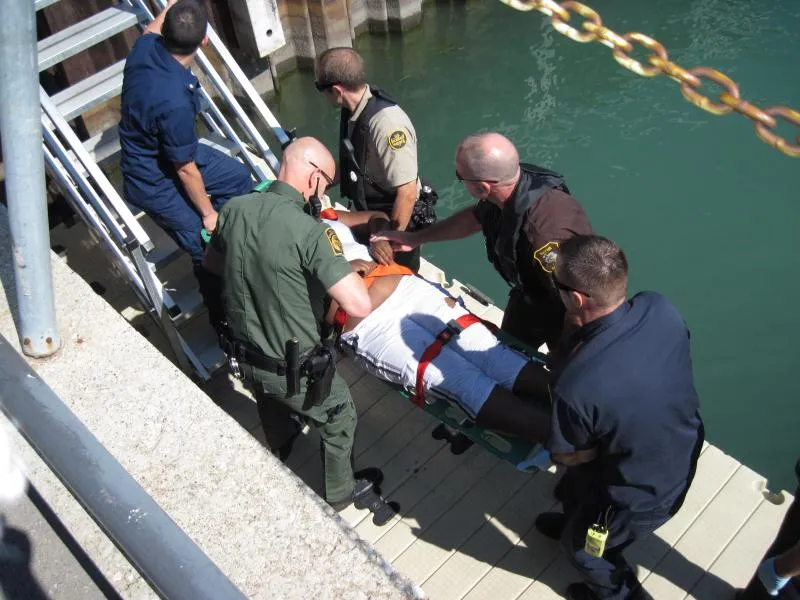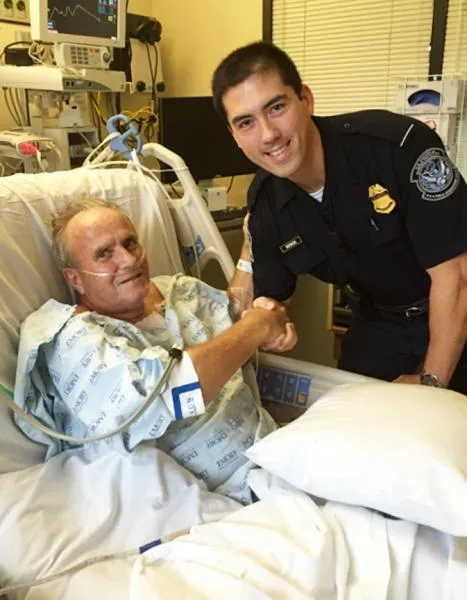Author: Commissioner R. Gil Kerlikowske

county sheriffs in the rescue of a woman
from the Detroit River.
Recently, I wrote a blog about technology. Einstein once said “It has become appallingly obvious that our technology has exceeded our humanity.” That’s a cautionary statement, coming from perhaps the greatest scientific mind in human history, but it’s an important observation – one that prompts me to observe that even though CBP’s agents and officers are equipped with the best technologies we can provide, it’s the “human factor” that prevails as their most important resource.
Last month, Border Patrol agents rescued a 2-year-old boy who was found wandering alone in the brush near a group of 13 undocumented migrants outside of Hidalgo, Tex. The child – a Honduran national – had been abandoned by a smuggler and one of the adults in the group decided to care for him.
CBP officers are also trained to respond to emergency medical situations. At the Blaine, WA port of entry last November, for example, officers used the automated external defibrillator along with CPR to resuscitate a woman who experienced chest pains and lost consciousness.

thanks CBP Officer John Seebode at Emory
University Hospital in Atlanta. CBPO
Seebode helped save Heilig’s life after he
collapsed upon arrival at Hartsfield-Jackson
Atlanta International Airport from Japan
last December.
The human factor even surfaces in cargo inspections. CBP officers in Detroit intercepted $4,000 in Canadian currency in an express mail package from Ontario, destined for Kentucky. The recipient’s address was linked to fraudulent ID sales. Working with Homeland Security Investigations (HSI) and the Royal Canadian Mounted Police (RCMP), CBP determined that the sender was nursing home resident who was the victim of a phone scam by a criminal organization who targets the elderly. The money was turned over to HSI and was returned to the victim with the assistance of the RCMP.
Air and Marine Operations agents in the sea and the air coordinated a rescue of six people from a fishing vessel that had been drifting for nearly a week in the southern Gulf of Mexico. The individuals had had nothing to eat and very little water during that time.
Our officers and agents have delivered babies, pulled drivers from burning vehicles, rescued lost and injured hikers, administered CPR, and reunited lost children with their parents. They’ve saved countless lives – sometimes at the risk of their own. The public sees our officers and agents equipped with radios, weapons, and all kinds of screening and surveillance technology. What often remains unseen are the human hearts behind the badges – our men and women in uniform whose dedication to protecting and serving often extends far beyond enforcing the law.

